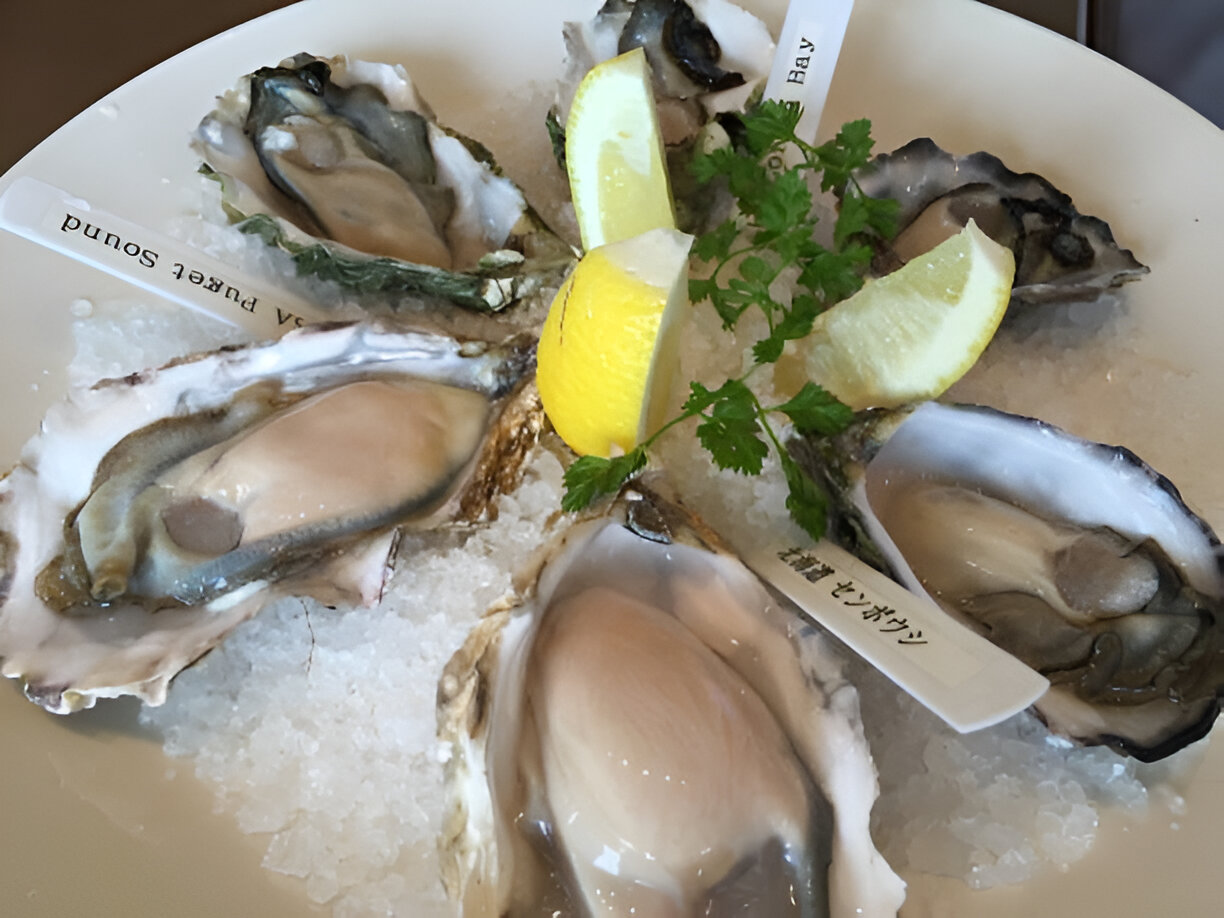
Fresh Oysters Recipe
Experience the taste of the ocean with these fresh oysters, perfectly prepared to let their natural, briny flavors shine. A squeeze of lemon or a dash of Tabasco is all you need to enjoy this elegant seafood delight.
Print
Save
Servings: 2
Ingredients
- 1-2 lemons optional
- Tabasco sauce optional
- 6 oysters sustainably sourced
Instructions
- To ensure peak freshness, select oysters that feel weighty and tightly closed, ideally plucked straight from the sea. Give them a rinse in cold water before starting – be cautious, as handling them can be a bit challenging.
- An oyster knife is essential for opening them; this tool is short, robust, and blunt-edged, unlike typical kitchen knives, which are unsuitable and risky. If an oyster knife is unavailable, a flathead screwdriver could work as a substitute.
- Place the oyster on a cutting board with the rounded side facing down. Use a folded kitchen towel between your hand and the shell for stability and protection. Look for the hinge connecting the upper and lower shells, and gently but firmly insert the knife’s tip into the hinge. Apply some pressure and maneuver the blade until the top shell can be lifted off – this may take a few tries, so practice beforehand. Wearing an apron can be helpful, as this process can get a bit messy.
- Once opened, discard the top shell. Retain any natural seawater resting in the bottom shell with the oyster, as it adds to the taste. Remove any small shell pieces before setting the oyster on a plate prepared with a layer of crushed ice or rock salt in the center.
- Finish by adding your favorite seasonings – a squeeze of fresh lemon juice or a few drops of Tabasco are wonderful choices. Then, savor the fresh taste by tipping the oyster straight from the shell into your mouth.
Did you make this recipe?Want more delicious recipes like this? Follow us on Pinterest for daily inspiration! Click here to Follow me on Pinterest @feaztcom